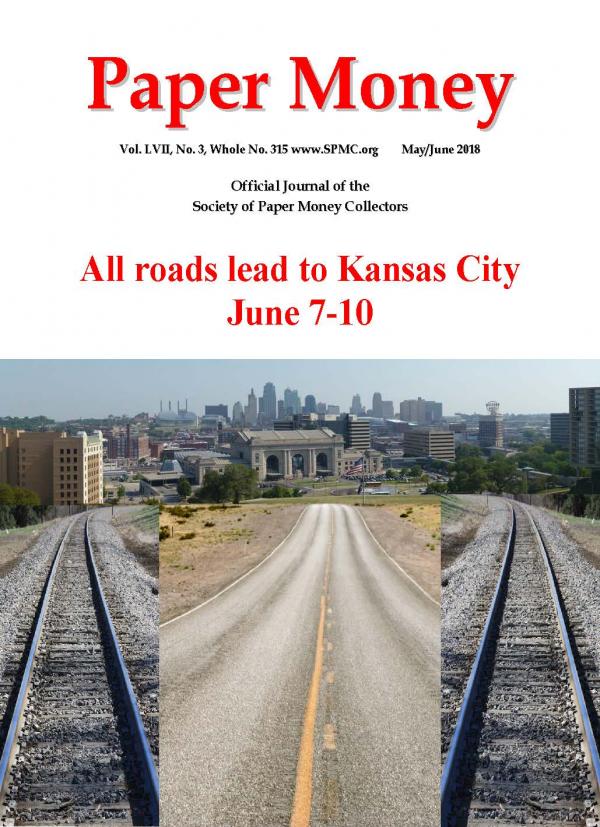Please sign up as a member or login to view and search this journal.

Table of Contents
George Blake and Fancy Serial Numbers--Peter Huntoon
Third Issue Fractional Currency Error--Rick Melamed
Mormon Currency of Nauvoo Illinois--Douglas Nyholm
2711 Note Survey on T-64 CSA $500 Notes--Steve Feller
First the Note; Then the Man--Lee Lofthus
The Cooper Shop Volunteer Refreshment Saloon--Robert Gill
A Couple of Paper Money Errors--Peter Huntoon
Kansas City IPMS info
Uncoupled--Joe Boling & Fred Schwan
Small Notes--Treasury Announced New $20 Backs
Interesting Mining Note--Dave Schenkman
Obsolete Corner--Robert Gill
Chump Change--Loren Gatch


